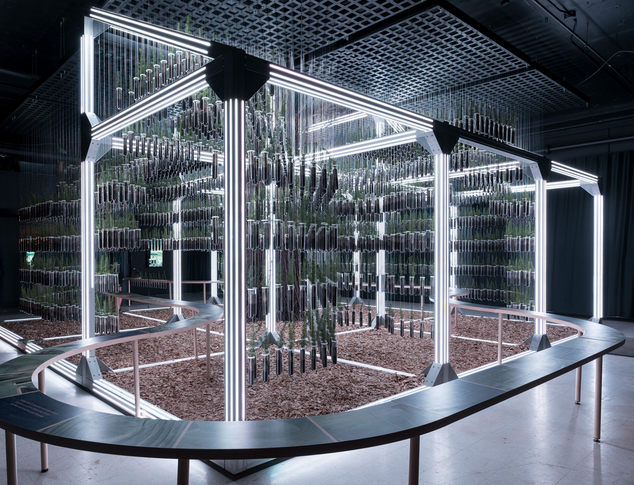When it comes to designing architectural spaces, lighting is often an overlooked element. However, the role of lighting design in shaping architectural spaces cannot be overstated. The way a space is illuminated can completely transform its appearance and atmosphere, making lighting design an essential aspect of any architectural project.
Lighting design is not just about providing adequate illumination; it’s about using light to enhance the architectural features of a space, create a specific mood, and guide the flow of movement within the area. Here are some key ways in which lighting design can influence architectural spaces:
Highlighting Architectural Features: Lighting can be used to draw attention to specific architectural details, such as columns, arches, or intricate ceiling designs. By strategically placing lights, designers can accentuate these features, adding depth and visual interest to the space.
Creating Ambiance: The type and quality of light can significantly impact the ambiance of a space. Warm, soft lighting can create a cozy and intimate atmosphere, while bright, cool lighting can elicit a sense of energy and vibrancy. By choosing the right lighting fixtures and color temperatures, designers can evoke specific moods that complement the architectural intent.
Defining Spatial Functions: Different areas within a building serve different purposes, and lighting can be used to define and enhance these functions. For instance, task lighting in a kitchen or office space can increase productivity, while subtle accent lighting in a lounge area can create a relaxing environment.
Guiding Circulation: Thoughtfully placed lighting can guide the flow of movement within a space. By strategically illuminating pathways and entrances, designers can direct people through a building and highlight the spatial hierarchy.
Integrating With Technology: Modern lighting design often incorporates technology to create dynamic and interactive spaces. Smart lighting systems can adjust brightness and color temperature based on the time of day or user preferences, creating adaptable environments that respond to the needs of occupants.
Sustainability: With the growing focus on sustainability, lighting design plays a crucial role in reducing energy consumption and minimizing environmental impact. Through the use of energy-efficient fixtures, natural daylighting, and smart lighting controls, designers can create eco-friendly architectural spaces.
In conclusion, lighting design is an integral part of shaping architectural spaces. From illuminating key features to setting the mood and guiding movement, the strategic use of lighting can transform a building into a dynamic and captivating environment. As technology and environmental concerns continue to shape the design industry, the role of lighting in architectural spaces will only become more critical. It’s clear that lighting design deserves a prominent place in any discussion about architectural design and should never be underestimated.
